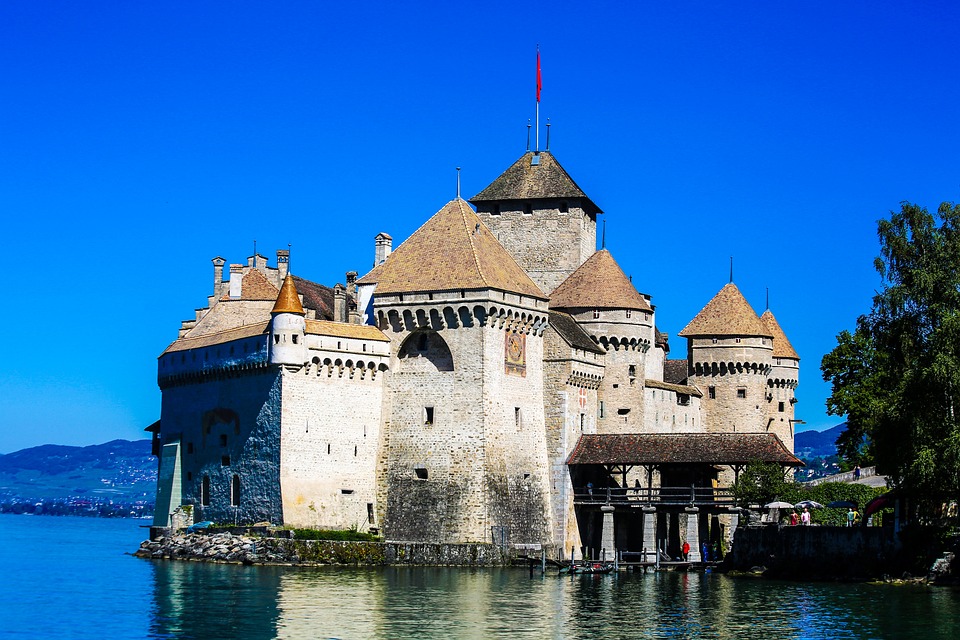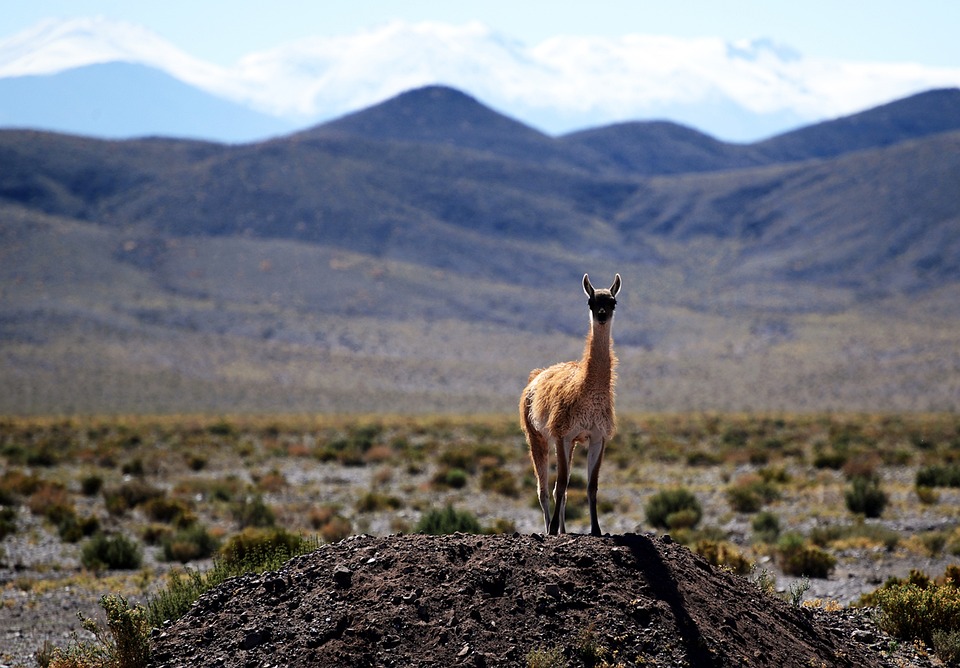Jupiter’s Electrical Symphony: The Intriguing Auroras Lighting Up the Gas Colossus
When one conjures images of auroras, it is often the serene beauty of Earth’s northern and southern lights that comes to mind. But beyond our planet’s atmosphere, the gas giant Jupiter hosts its own magnificent light show, a cosmic event eclipsing our familiar auroras in both size and complexity.
Jupiter’s auroras are an electrifying spectacle, a result of the interplay between the planet’s powerful magnetic field and the solar wind—a stream of ionized particles emanating from the sun. These particles, predominantly electrons and protons, collide with atoms in Jupiter’s atmosphere, releasing energy in the form of light, and creating stunning, ever-changing displays in the planet’s upper atmosphere.
What sets Jupiter’s auroras apart from those on Earth is their sheer scale and the energy involved. While Earth’s auroras are primarily caused by interactions with the solar wind, Jupiter’s are also powered by the volcanoes of its moon Io, which spew out sulfur dioxide that becomes ionized and adds to the charged particles swirling around Jupiter.
Unlike Earth’s auroras, which typically occur near the poles, Jupiter’s auroras are more persistent and extensive, illustrating the immense scale of the planet’s magnetosphere—the largest structure known in the solar system. Observations have shown that these lights can emit ultraviolet, visible, and even infrared radiation, painting the gas giant’s atmosphere with an ethereal glow visible from space.
To fully appreciate this phenomenon’s magnificence, NASA’s Juno spacecraft has been observing Jupiter since its arrival in July 2016. Equipped with a suite of instruments, Juno has provided unprecedented views of Jupiter’s auroras, revealing intricate details about their structure and dynamics.
[Insert image: A high-definition image captured by NASA’s Juno spacecraft showcasing Jupiter’s vibrant auroras around the planet’s poles. The auroras are seen in multiple colors, ranging from deep reds to vibrant greens and purples, signifying various types of gas emissions.]
FAQ Section
- What causes Jupiter’s auroras?
Jupiter’s auroras are caused by the interaction between the planet’s magnetic field and charged particles like electrons and protons from the solar wind, as well as from volcanic emissions from Io.
- Can we see Jupiter’s auroras from Earth?
While Jupiter’s auroras are immense, they are best observed from space. Earth-based telescopes can sometimes detect the brightest parts of the auroras in the UV spectrum, but the full spectrum and scale of the phenomenon are usually visible only from spacecraft like the Juno orbiter.
- How are Jupiter’s auroras different from Earth’s?
Jupiter’s auroras are larger, more energetic, and more persistent than Earth’s. Also, the addition of particles from Io’s volcanic activity amplifies the intensity of the auroras.
- What role does the moon Io play in Jupiter’s auroras?
Io is a major source of particles that interact with Jupiter’s magnetic field. Its volcanic activity releases large amounts of material that becomes ionized and contributes to the particles that then cause Jupiter’s auroras.
- What have we learned about Jupiter’s auroras from the Juno spacecraft?
Juno has provided incredible insight into the composition, dynamics, and scale of Jupiter’s auroras. It has helped to reveal the detailed structure and variability of the auroras, and how they respond to solar activity and changes within Jupiter’s magnetosphere.


